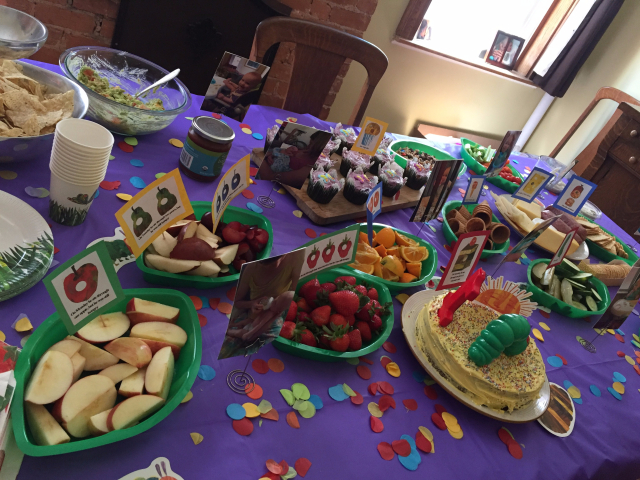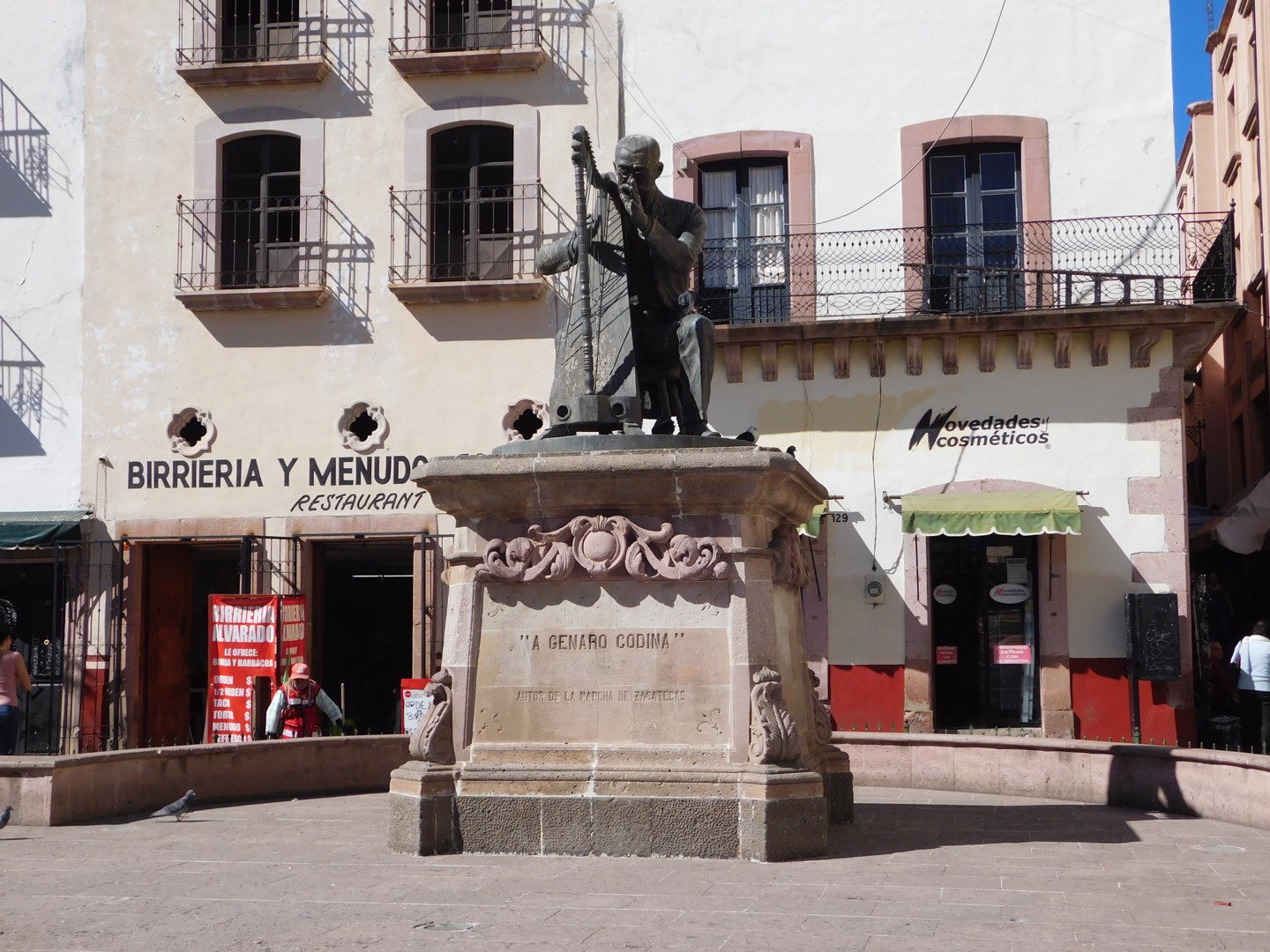I love reading the stories from the lives of our pioneer ancestors. I have always liked this particular history. This man, John Sutherland, is my husband’s great-great grandfather. He has a very interesting story of his life, his conversion, and his courtship and marriage. He narrowly escaped death at least three times, including being shipwrecked. He and his sweetheart came to the United States separately, with plans to meet up in Boston. Then they began their married life together traveling across the plains, experiencing the trials involved in that trek. Reading histories such as this makes me grateful for our ancestors that gave us such a precious heritage of the Gospel amid so much hardship and trial. 
John was born October 11, 1832 in the Shetland Isles of Scotland, the oldest child of Gilbert Sutherland and Bruce (yes, her name was Bruce) Morrison Sutherland. His father was a sailor and was acknowledged to be a number one shot with the rifle and harpoon on the whaling ships of the Arctic Ocean. His family moved to Bressay Isle when he was six years old. He dreamed of growing up to be a sailor.
The story of his sailing adventures is found in a history written by his son William John Sutherland.
“Finally he got a chance to go as a cabin boy on a sailing vessel bound for the West Indies. Some four months later, on his return to Europe, he boarded a ship going to Greenland on a whaling voyage. Here he experienced a stormy, cold and exciting trip which served to toughen him for more sea life.
A freighting vessel was his next place of work. This vessel plied between England and America. While on this ship he was promoted several times until finally he became the first mate to the captain.
On one occasion, in the harbor of Havana, Cuba, he along with several other sailors, was taken down with Yellow Fever. At this time it was the custom to let the sick have very little water. One day the captain and the doctor went ashore to see a bull fight, leaving a steward in charge and telling him to let no one have any water till his return. Sutherland, having a high fever, called the steward and demanded a drink of water, which, of course, was denied him. He broke down the cabin door and before the steward could stop him, he drank all the water he wanted. The fever left him and he completely recovered, while others who were not so fortunate, died and were buried at sea. This was only one narrow escape he had from death, among others he had during his life at sea.
On the return to England, while in the harbor of Liverpool, he had much time to himself because he was an officer and his ship was being unloaded and reloaded. On one of his rambles through the city, he passed two men preaching to a small group of people. Being against preachers because of their opposite views to each other, he passed them but a certain word caught his attention and he turned back to hear what they had to say, soon finding himself very interested in what was going on. At the close of the meeting he went up to the two men, who proved to be Mormon Elders, and requested some of their literature. They cheerfully supplied him with what he wanted, and when he reached a place where he could stop, he read very carefully everything that had been given him. Education in those days was something that was very much neglected. Many people were illiterate and unable to read or write. Being very studious he had acquired enough education so that he could read. He went back to the ship which was about ready to make another voyage across the Atlantic.
Four months passed before he came back to Liverpool. During this time he had not forgotten the Mormon Elders. When he got ashore, he looked for and found them. He attended more of their meetings, receiving more information at each one. After carefully going over the material he had received from the Elders, he applied for baptism. He was received as a member into the Church of Jesus Christ of Latter-day Saints. He was baptized on the 19th day of January 1856, by Joshua J. Foster. He was the only member of his family to accept the Gospel at this time.”
At this time, John was able to go visit his home town, Lerwick, due to the ship needing some repairs. This would take two weeks. While he was there he went to visit his sweetheart, Ellen Nicholson. She worked at the fish curing stations in the harbor. She had also joined the Mormon church and was experiencing a great amount of persecution. She had been kicked out of her home. She was planning on soon departing for America, where she would find work in Boston. John decided he would sail the Atlantic once more, then leave the ship once in America to find Ellen in Boston.
He tried to keep the knowledge of his baptism from being known to others around him. At this time there was severe persecution for joining the Church. Somehow word got out that he had been baptized. Those that had previously been his friends turned against him. Even the captain of the ship, who had been his best friend before, turned against him. The captain did everything he could to make life difficult for him. This is described in the history by his son.
“When he got back, the ship was loaded, and ready to make another trip across the Atlantic to the United States. As has been said, the sailors had turned against him because of his being a Mormon. This, and very stormy weather, made a very unpleasant journey. The weather delayed the ship’s progress.
On one occasion, when the ship was rolling and tossing in an extremely high sea, the captain compelled him to go to the top mast to furl a sail that was flapping loose, knowing full well that when he did that he would lose his hold, and fall into the sea, and that that would be the end of him, but he obeyed the captain’s orders anyway. He did lose his hold and fell, but in falling his body struck a guy rope, and the rebound from the tight rope threw him on the deck, so again he had a close call, but he was destined to continue on his way.
His intention was to ask for an honorable release from further service as a sailor when they arrived in the harbor at New York, but the weather continued stormy and rough, and when they finally reached the American shore, they had drifted out of their course northward. The vessel was blown on the rocks off the northern coast of Maine. The ship, of course, went to pieces, throwing the cargo and the crew into the sea. John Sutherland, being young and active, and a good swimmer, made a determined fight for his life. After struggling in breakers, and waves for some time he was about to give up when he spied a small board which he seized. Utilizing the buoyancy of the board he finally reached shore after a long struggle.”
A granddaughter, Norma Harper, wrote the following in a history of her grandparents:
On his last trip when he expected to receive his pay at Boston and find Ellen, a violent Atlantic storm blew his ship off course with the ship breaking up on the northern coast of Maine. The crew was lost. John was a good swimmer and fought the waves until his strength was nearly gone and then seized a floating board that washed him ashore. The morning sunshine shone on a calm sea as his benefactor walked along the shore to survey the damage of the storm. He came upon John who was the sole survivor, more dead than alive, and carried him to his cottage. His good wife gave tender care to restore him to his strength. His clothing was in tatters, all personal effects gone. They outfitted him with warm attire, put coins in his pocket and with a hearty food basket, he set out afoot for Boston. It was May of 1859 when he found Ellen, still waiting for him, now two years since they made their tryst. She was employed well and had saved her earnings for her dowry.”

John and Ellen traveled together to Florence, Nebraska. They joined a company that was preparing to cross the plains to Utah. They were married at this time, on June 4, 1859, by Horace S. Eldredge, shortly after the emigrant train has started across the plains.
Their daughter Zenobia described the night of their wedding:
“It is evident that the emigrants indulged in fun as well as toil, as that night a crowd of them came to the wagon with tin pans etc. to chivaree the newlyweds. They found only the bride however because the groom was out on night guard.”
John had an ox team and a wagon loaded with supplies. He put his bride into the covered wagon and started on what would be an interesting honeymoon, traveling across one thousand miles of country, frequented by bands of Indians, river crossings, and difficult travel.
At one point John’s wagon tipped over, causing the merchandise and his wife to fall in the river. The wagon was righted, the merchandise loaded, and all was saved.
They arrived in Salt Lake City in the fall of 1859 and were taken care of by Brigham Young, and provided with shelter and the necessities of life until they could build themselves a home. Their home was built by digging a hole in the ground, placing logs around this, and then using the dirt that had been taken out to make a roof.
John assisted in getting granite rock from the quarry in Little Cottonwood Canyon and hauling it by ox team to the Temple. He was asked by President Young to be one of a number of families to move out into a little valley at the head of the Provo River, where Heber City is now located, to build a fort and settle that area. A few years later they moved back into the Salt Lake Valley, where John secured a small farm in Big Cottonwood, now Holladay. The family experienced the deprivations of life associated with the early pioneers, including want of food and grasshoppers eating all of their crops. John and Ellen had seven children. Below is a photo of their home and some of their posterity. 
In 1887, John was called and set apart for a mission to Great Britain. He had the privilege of visiting the Shetland Isles and laboring among his own people. His family received him kindly, but none joined the Church while he was there, except a brother-in-law, Thomas Riddle. He found there was still much opposition, and no hall nor kirk was open to a “Mormon”. While he was there he gathered a lot of genealogy. After his return home in May 1888, he did a lot of temple work in the Salt Lake Temple.
Ellen died in 1906. In 1913, John went to live with his daughter, Mary Ellen Crystal, in Rigby, Idaho. He suffered a stroke and died on May 15, 1919.
Advertisements Share this:





